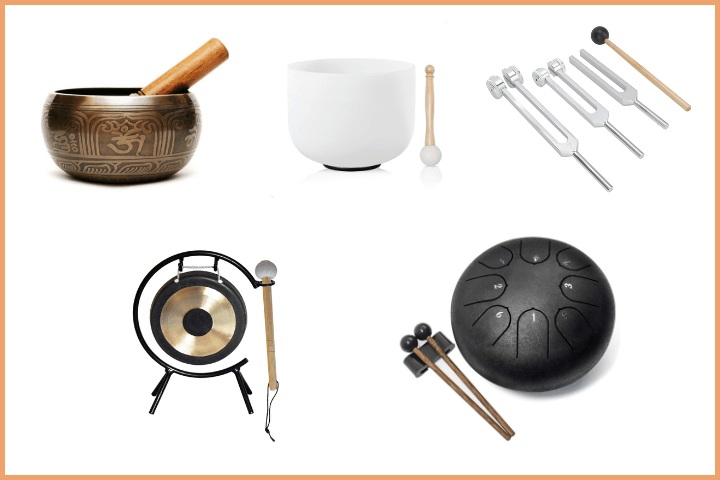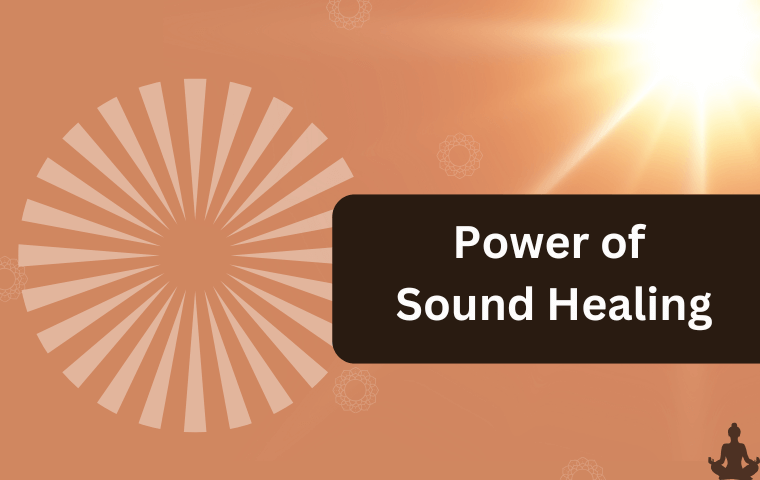Sound healing is an age-old practice that uses specific sounds, music, and instruments to heal the body, mind, and spirit. By creating soothing vibrations, sound therapy promotes deep relaxation, emotional release, and overall well-being. Over the years, many people have experienced improved mental clarity, energy, creativity, and better relationships after practicing sound healing.
What is Sound Healing?

Sound healing utilizes specific sound frequencies to restore balance to the body’s energy field, promoting both physical and emotional healing. It often induces a state of deep relaxation and calm, reducing stress and anxiety while enhancing mental clarity and focus. Practitioners use instruments, music, and vocal tones in sound therapy to create a therapeutic environment that promotes healing and inner peace.
How Sound Healing Works
Sound therapy works by using vibrations to affect the brain and nervous system. These vibrations can be absorbed by the body, helping to re-align energy and promote healing. When sound is applied correctly, it can balance the body’s energy fields, regulate emotions, and improve overall wellness. A key aspect of sound healing is reaching a meditative brainwave state, which allows for deeper healing and access to inner wisdom.
What to Expect in a Sound Healing Session
Sound therapy sessions can be either individual or group experiences. In an individual session, the practitioner uses sound instruments, like Tibetan singing bowls or tuning forks, to create specific vibrations around the body. The session typically begins with a guided meditation to help you relax and prepare for the healing process.
In a group setting, a sound bath is a common practice. During a sound bath, you lie down and immerse yourself in soothing sounds produced by instruments like gongs, singing bowls, and drums. This helps you focus on the vibrations, allowing your mind to clear and enter a state of deep relaxation.
Benefits of Sound Healing

- Deep Relaxation: Sound therapy induces the release of feel-good chemicals in the brain, which help to calm the body and reduce stress. These chemicals can also lower blood pressure and heart rate, contributing to a deep sense of relaxation.
- Better Sleep: Listening to calming sounds before bedtime can help reduce anxiety and encourage restful sleep. The relaxation response triggered by sound therapy allows for a deeper, more rejuvenating sleep.
- Pain Relief: Sound therapy stimulates the release of endorphins, which decreases the perception of pain. These natural painkillers help reduce inflammation and ease discomfort.
- Improved Mental Clarity: The meditative state effected by sound therapy allows you to clear mental fog, leading to improved focus and mental clarity. This can be especially helpful for those feeling overwhelmed by stress or daily challenges.
- Emotional Release: Sound therapy helps release stored emotional trauma, encouraging emotional healing and growth. It can help in letting go of past emotional wounds, bringing peace and emotional balance.
Types of Sound Healing Techniques

- Sound Baths: In a sound bath, various sound instruments, such as gongs, crystal singing bowls, and bells, surround you. These sounds create a calming atmosphere that allows you to relax and meditate deeply.
- Guided Sound Meditations: These sessions include soothing frequencies paired with meditation instructions. The sound acts as a guide, leading you through a journey of relaxation and self-exploration.
- Chanting and Kirtan: This is a group practice where participants sing and chant mantras together. It is a powerful way to connect with others and promote mindfulness and concentration.
- Vibroacoustic Therapy: This therapy uses low-frequency vibrational waves to stimulate the body’s natural healing response. Special mats or chairs with built-in speakers allow you to feel the vibrations, which penetrate deeply into the tissues, promoting healing.
- Acutonics: In this technique, tuning forks are placed on various points of the body to stimulate acupuncture points. This helps release energy blockages and restore balance in the body’s energy system.
- Binaural Beats: These are special recordings designed to induce specific brainwave states, such as relaxation or deep focus. Listening through headphones helps synchronize the brainwaves, promoting a calm, meditative state.
Common Instruments Used in Sound Therapy

- Tibetan Singing Bowls: When struck or rubbed with a mallet, these metal bowls produce soothing sounds that create a calming atmosphere during healing sessions.
- Crystal Singing Bowls: Made from quartz, these bowls produce clear, pure tones that are ideal for sound therapy.
- Gongs: These large, resonant instruments create powerful sound waves that fill the space, promoting deep relaxation and energy healing.
- Tuning Forks: These small devices emit specific frequencies when struck. They apply sound directly to the body to stimulate energy flow and restore balance.
- Drums: Various types of drums create rhythmic beats that relax the mind and body, promoting deep healing.
The History of Sound Healing
Sound has been used for therapy since ancient times. Civilizations such as the Egyptians and Native American tribes believed in the healing power of sound. In ancient India, practitioners used Nada Yoga to calm the mind and relieve stress through sound. Philosophers like Pythagoras even used music for its therapeutic properties, exploring how sound frequencies could promote healing.
The Transformative Power of Sound Healing
Sound therapy is a powerful and accessible way to restore balance and enhance your well-being. Whether through sound baths, guided meditations, or the use of healing instruments, sound therapy offers a gentle yet effective technique for healing the body, mind, and spirit. Try incorporating sound therapy into your life and experience its transformative benefits for yourself.

